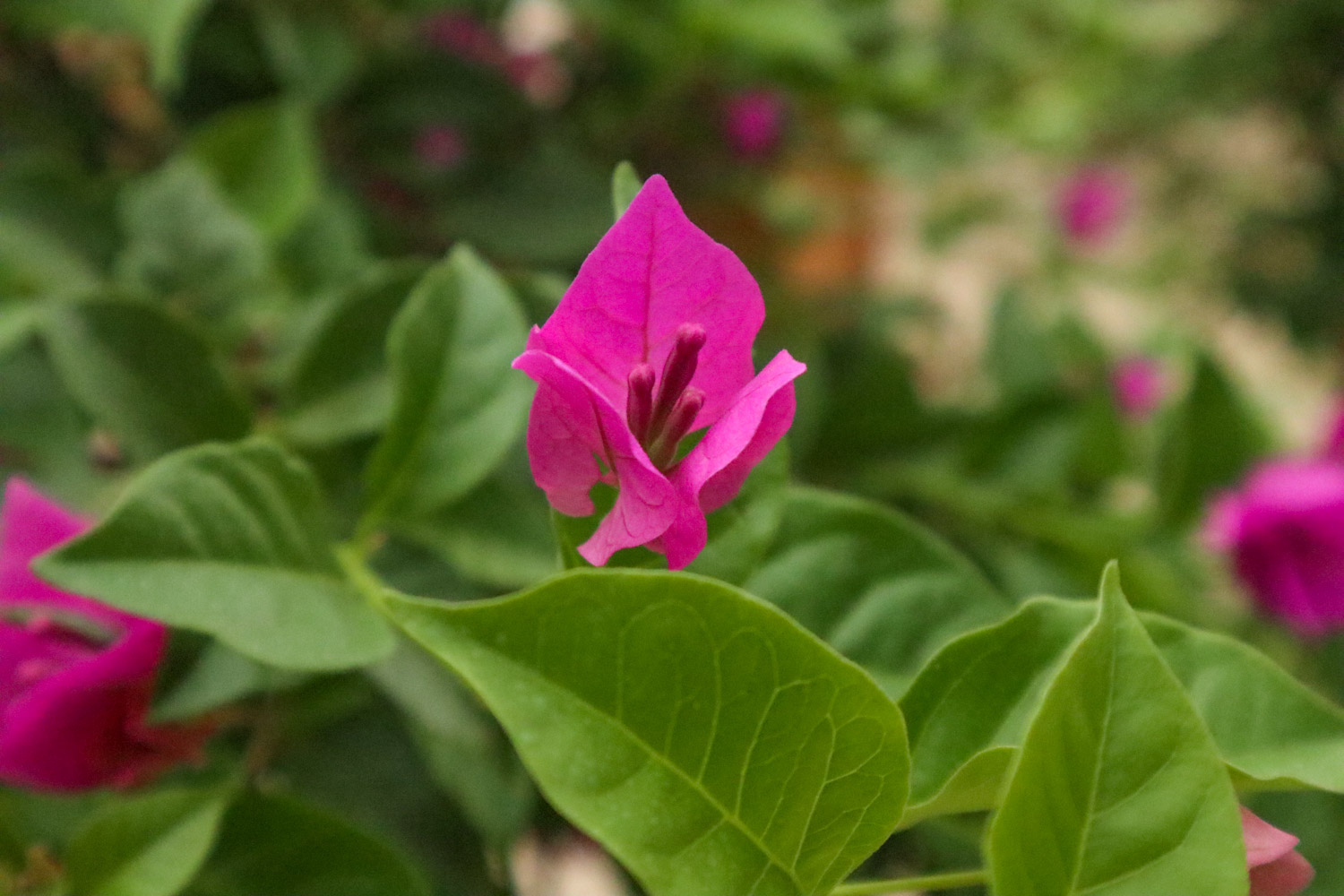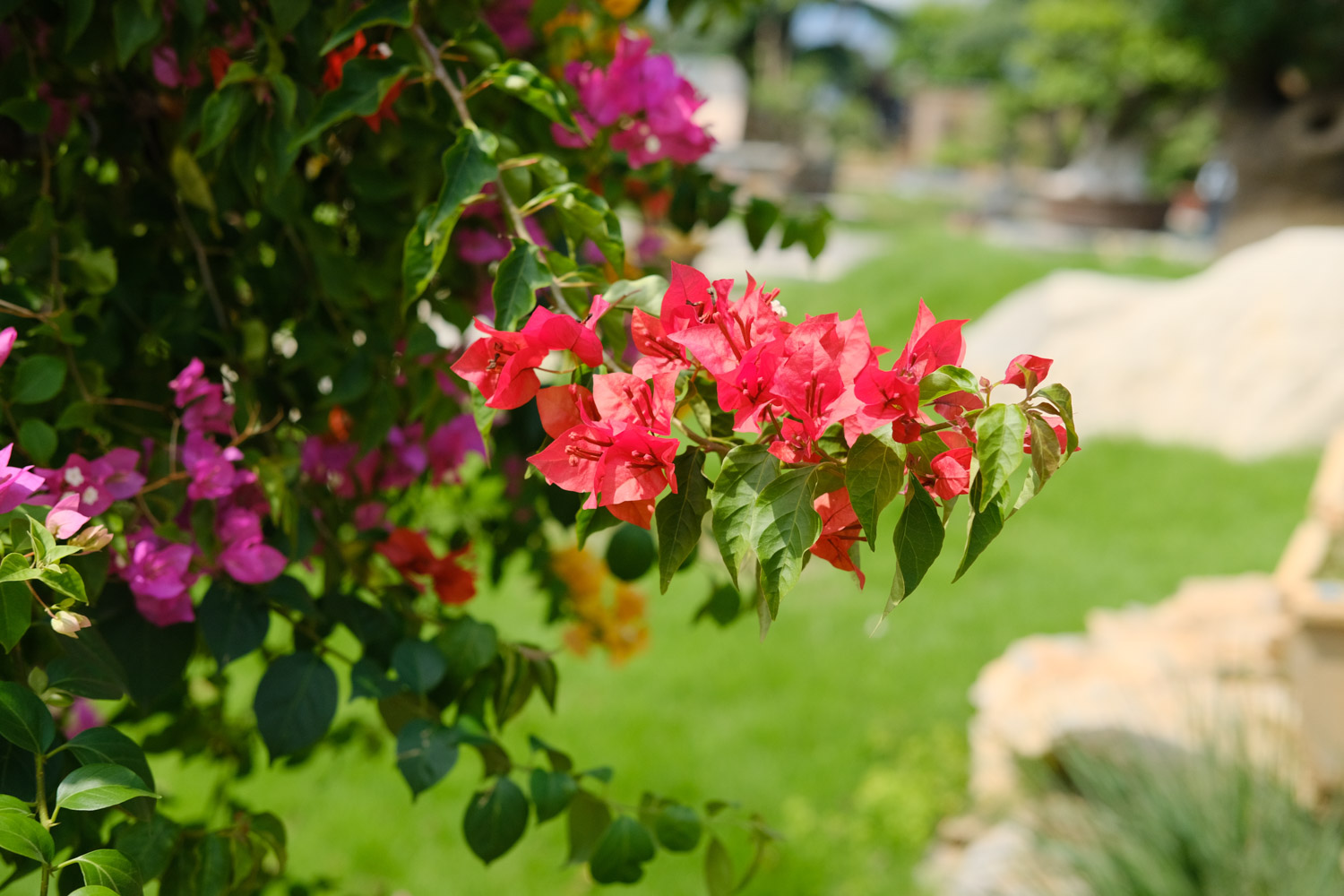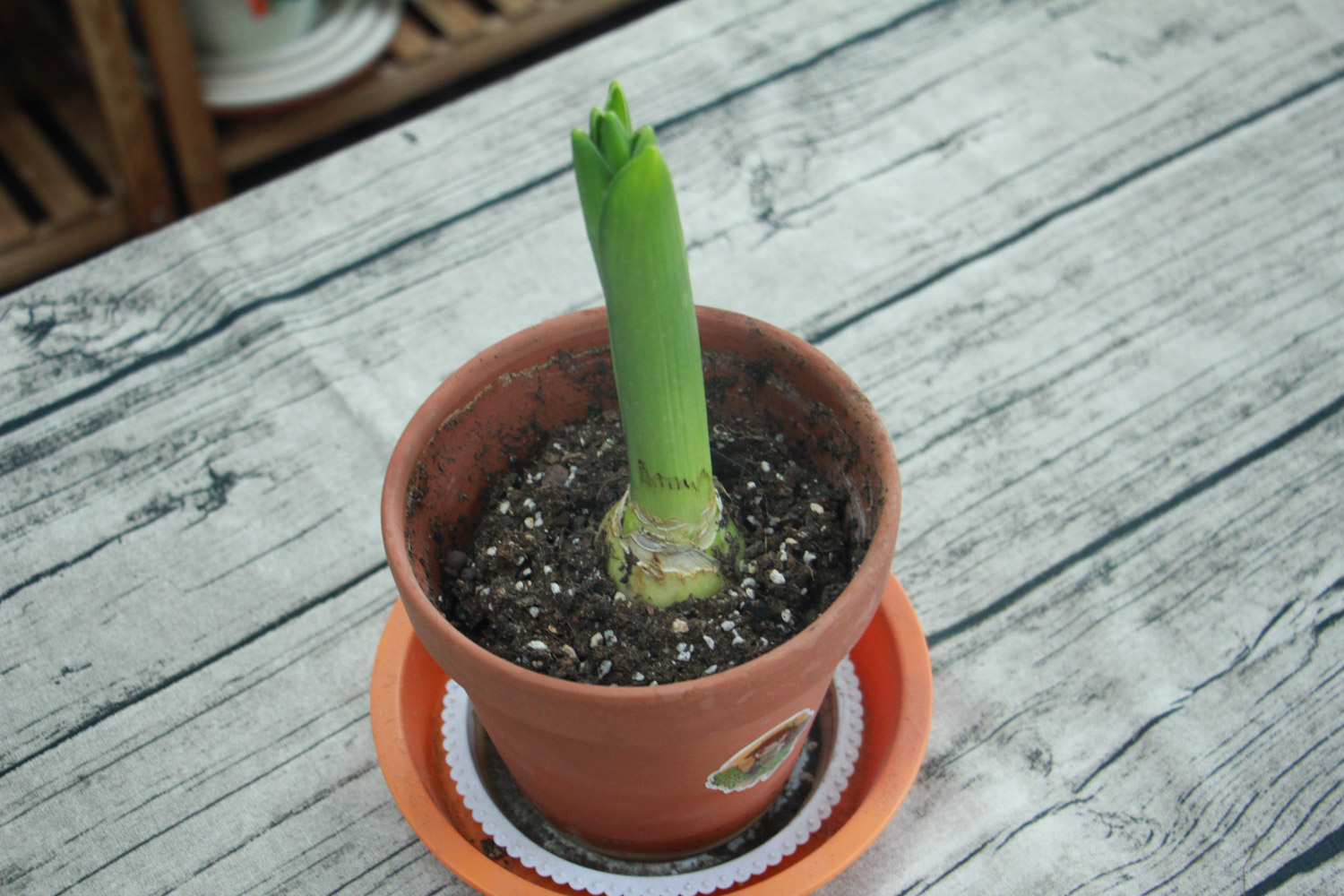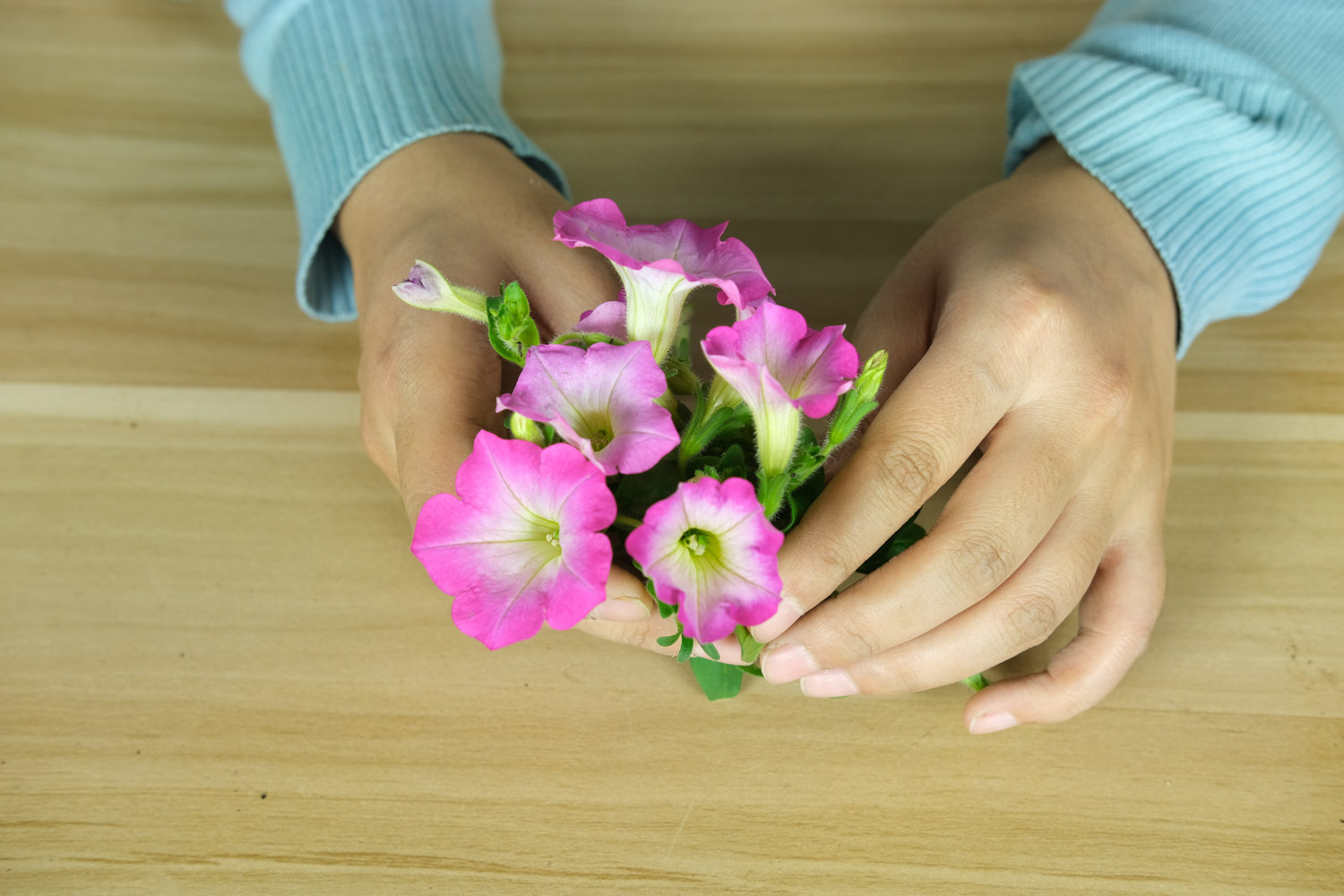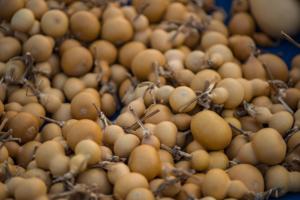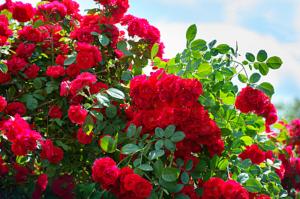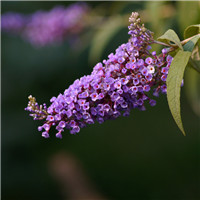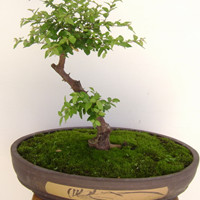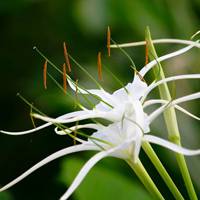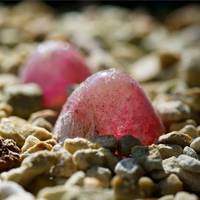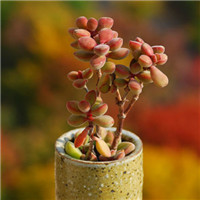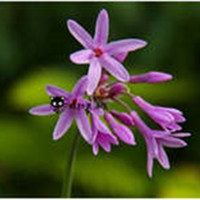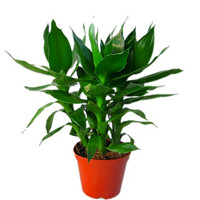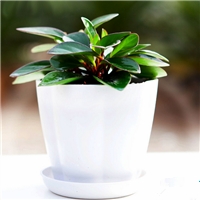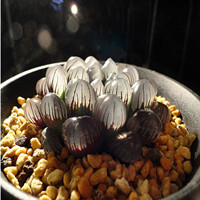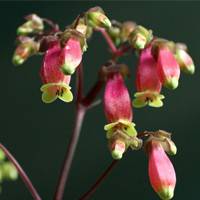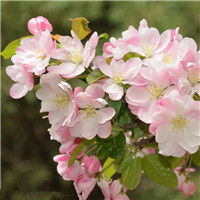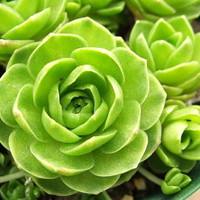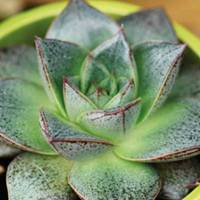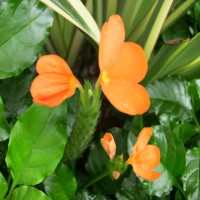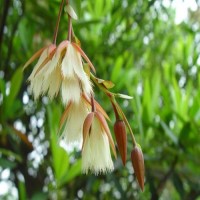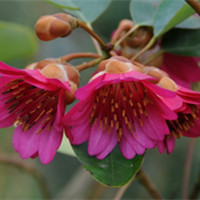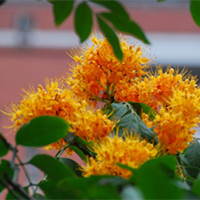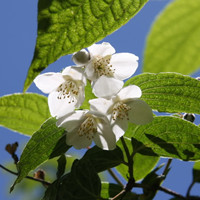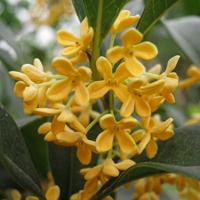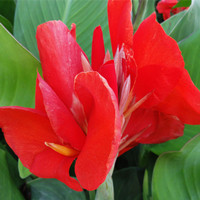Canna family and genus
Canna, a perennial perennial herb, is a commonly used flower watching plant in the tropics and subtropics
Alias of Canna
Canna is also called Hongyan, Xiaohua and Xiaoba
Distribution range of Canna
Canna is a tropical area of America, India and Malay Peninsula. It is distributed in India and Chinese mainland. It grows in the 800 meters above sea level. It has been planted artificially and cultivated all over the country. p>
Morphological characteristics of Canna
Canna plants are green as a whole, up to about 1.5m high, and the leaves are oval and oblong, 10-30cm long and 10cm wide
Canna has sparse flowers, racemes, higher than the leaves, red flowers and solitary flowers
The bracts are ovate, green, about 1.2 cm long, the calyx has 3, lanceolate, about 1 cm long, green and sometimes red, the corolla tube is less than 1 cm long, and the corolla lobes are lanceolate, 3-3.5 cm long, green or red
Outer wheel staminodes 3-2, bright red, of which 2 are oblanceolate, 3 long 4 cm, 5-7 mm wide. If the other one exists, it is particularly small, 1.5 cm long and only 1 mm wide
Labellum lanceolate, 3 cm long, curved, developed, stamen 2.5 cm long, anther chamber 6 mm long; Style flat, 3 cm long, half commissural with filaments of stamens
The capsule of Canna is green, long oval, with soft spines, with a length of about 1.2-1.8 cm. The flowering and fruiting period is generally from March to December
The flower language of Canna
Flower language is: a solid future
According to Buddhism, Canna is a kind of large flower, which is made from the blood from the toes of Buddha
The Canna in full bloom in the sun and hot weather makes people feel its strong will to exist

